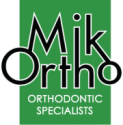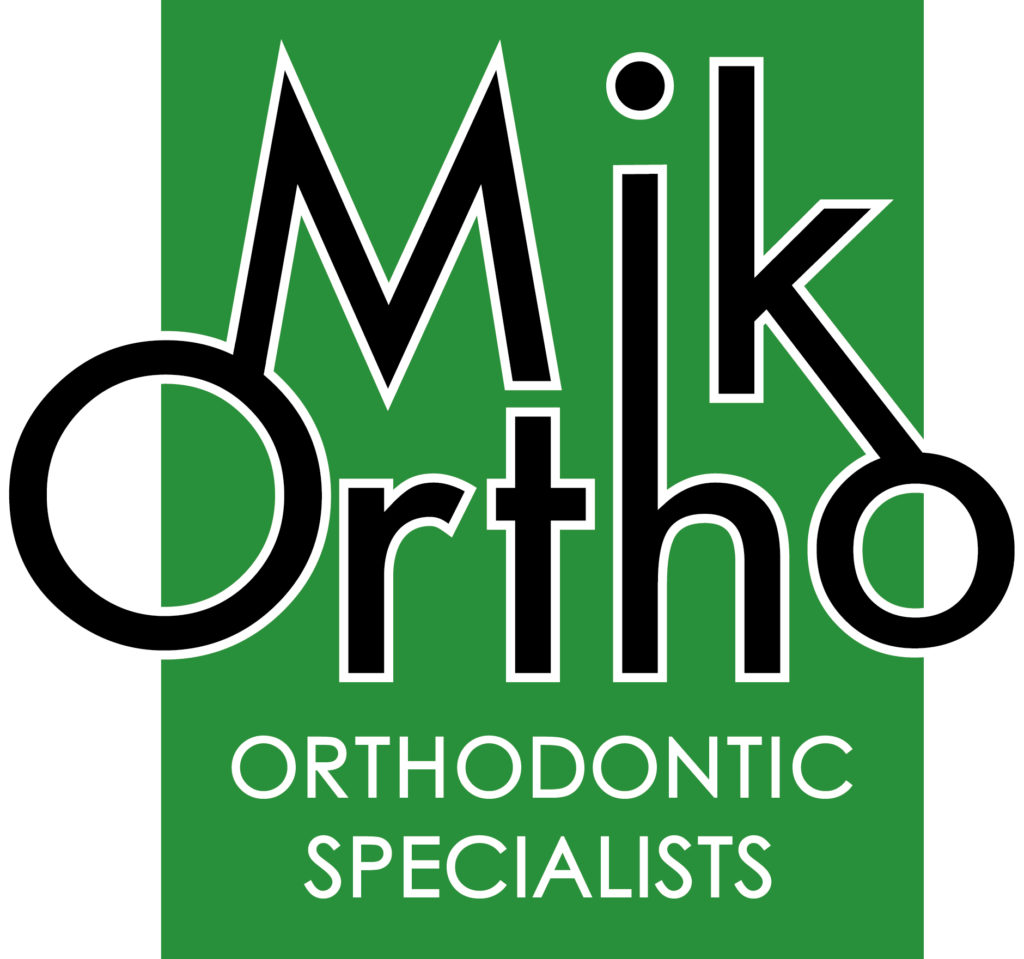Retainers
The waiting is officially over and the braces are gone. You’ve been given the green light to enjoy your favorite tasty treats guilt-free — like Starbursts or popcorn! However, don’t abandon all thoughts about preserving your new smile. After your braces come off, the retention phase begins — meaning you’ll need a retainer to keep your pearly whites where they belong.
How long should you wear your retainer?
The length of time you need to wear your retainer depends on your unique situation. Some people need to wear their retainers for a few months while others need to wear one for several years.
What are dental retainers for?
During the retention phase, your teeth will try to shift back into their previous position — potentially undoing all the time and effort you invested to transform your smile. Your mouth needs time to rebuild so it can hold the new position of your smile. Therefore, you’ll need a retainer to maintain your beautiful, healthy smile long-term.
Retainers are also useful for other orthodontic purposes:
-
Moving a tooth
-
Preventing tongue thrust
-
Closing a gap between teeth
-
Deterring teeth grinding

How to care for your retainer
Caring for your retainer is a quick, straightforward process:
1. Fill a small cup with an alcohol-free mouthwash.
2. Rinse the retainer under lukewarm water.
3. Dip a toothbrush into the mouthwash and gently scrub your retainer.
4. Brush all surfaces of the retainer.
5. Rinse off the mouthwash under warm, running water.
Be sure to use a toothbrush dedicated to cleaning your retainer to avoid getting toothpaste on your retainer. Toothpaste has abrasive properties that can scratch your retainer and cause a build-up of bacteria.
Types of retainers
Retainers come in several varieties and are made of different materials, like acrylic, wire or plastic. Depending on your preferences, you can get a fixed or removable retainer. The most common types of teeth retainers include:
Essix retainers: An Essix retainer is a clear, plastic mold — like Invisalign® and other clear aligners — that slides over the teeth to keep them in place.
Fixed retainers: Bonded retainers are metal retainers that are permanently fixed to the backside of your teeth.
When choosing the right retainer, the most important consideration is what will best fit your lifestyle. If you’re prone to forgetfulness, a fixed retainer may be the way to go. However, if you prefer the flexibility of removing your retainer to eat certain foods, play an instrument or participate in sports, then a removable retainer might be right for you.
Why partner with Mik Ortho for your oral health?
For a smile that lasts, turn to the experts at Mik Ortho. Our American Board of Orthodontics (ABO)-certified orthodontist and patient-focused team will walk you through choosing a retainer and answer any questions you may have.
Retainer instructions
- Wear your retainer at all times, until the doctor instructs otherwise.
- Take your retainer out when eating, and always put it back in its case! (Most appliances are lost in school lunchrooms or restaurants.)
- Clean the retainer thoroughly once a day with a toothbrush and toothpaste. Use warm but not hot water. Brushing retainers removes the plaque, and eliminates odors. Efferdent® or other orthodontic appliance cleaners can be used but do not take the place of brushing.
- When your retainer is not in your mouth, it should ALWAYS be in its case. Pets love to chew on them!
- Initially, you may find it difficult to speak. Practice speaking, reading, or singing out loud to get used to it faster.
- Retainers are breakable, so treat yours with care. If your retainer gets lost or broken, call us immediately.
- If you have any questions or concerns about your retainer, or you believe it needs adjusting, call us. Do not try to adjust it yourself.
- Always bring your retainer to your appointments.
- Retainer replacements are expensive, but with proper care they will last for years!
- Remove your retainer when you go swimming.
- Keep retainers away from hot water, hot car dashboards, pockets, the washing machine, and napkins.


